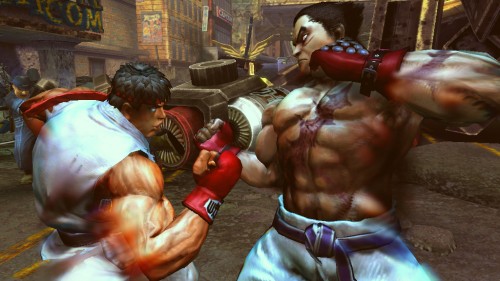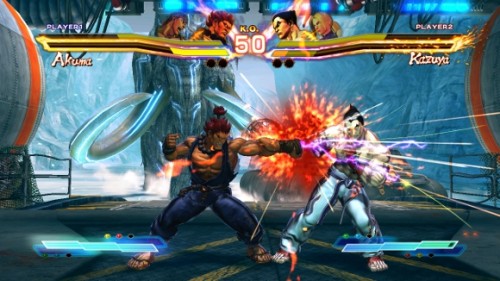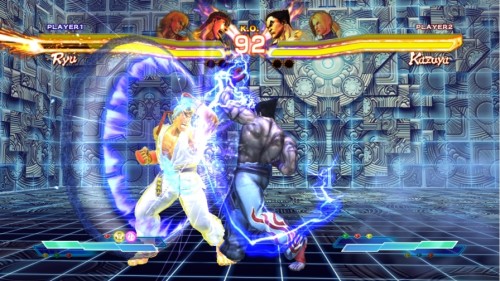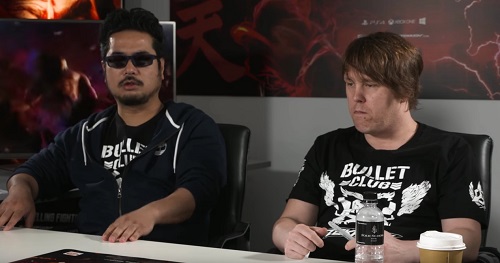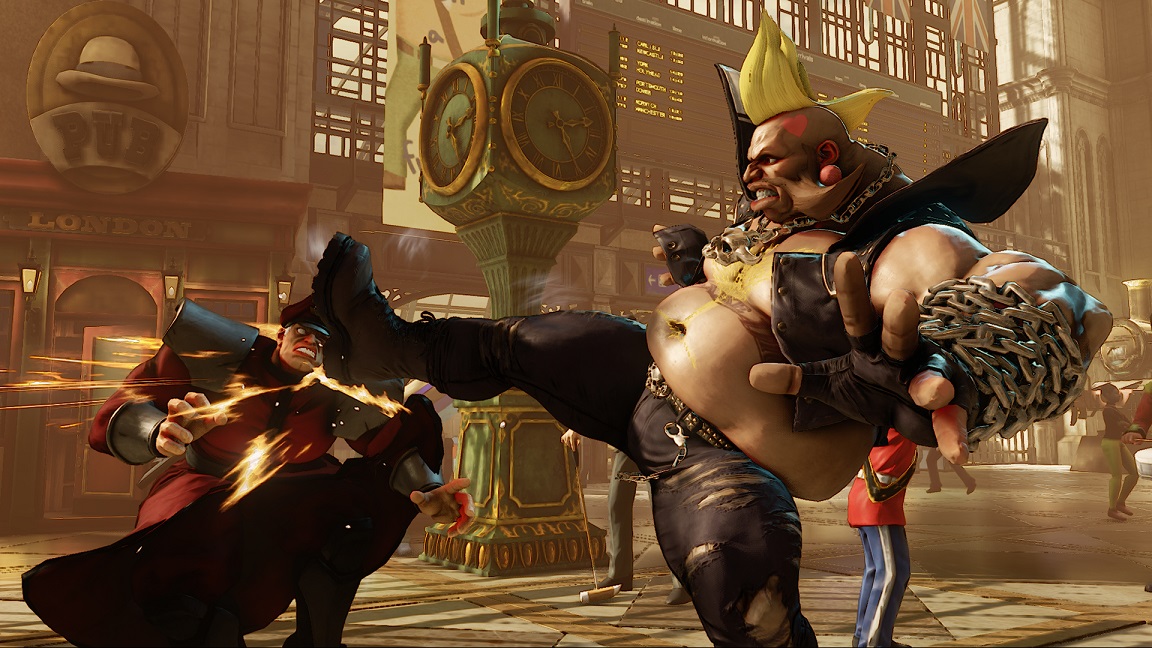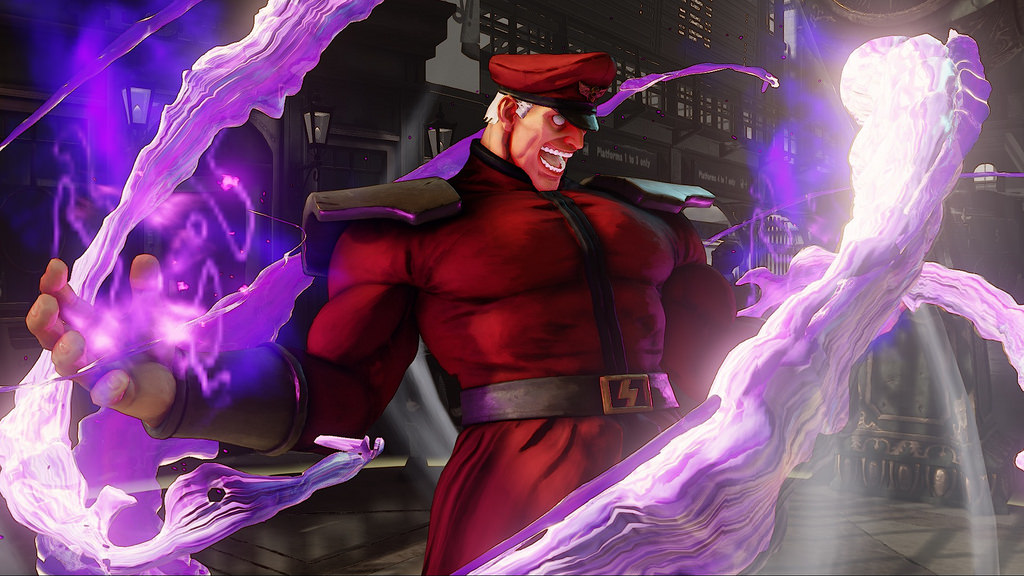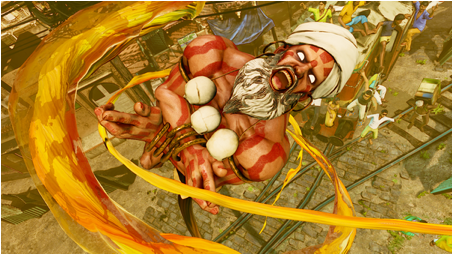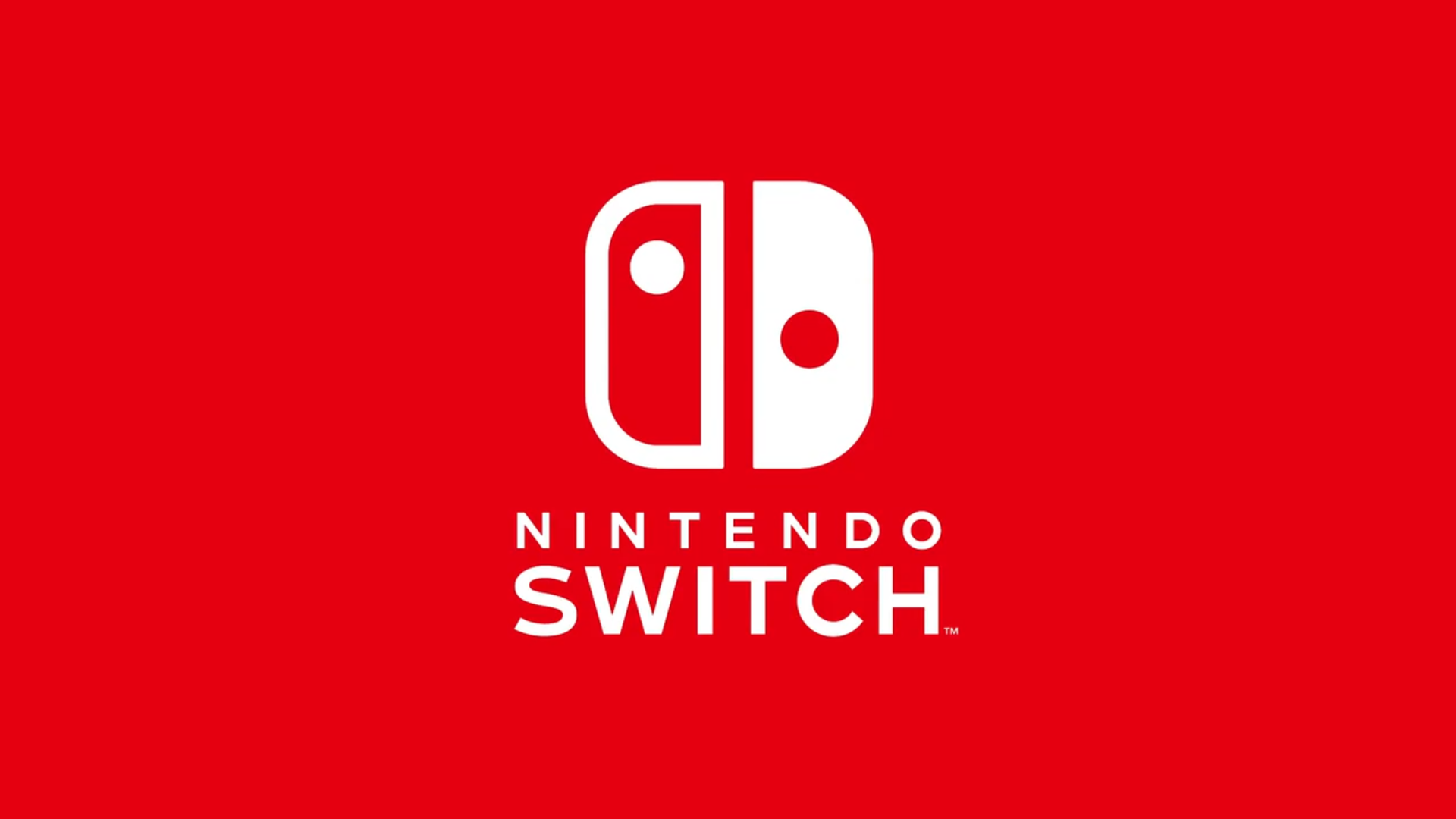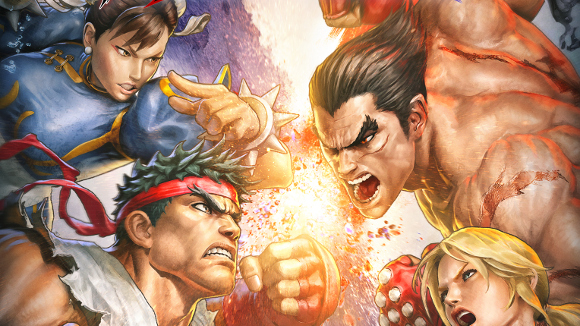
Author’s Note: This is a review of the offline component of Street Fighter X Tekken for Xbox 360, with the game’s online multiplayer functionality being unavailable at the time of review.
Since the release of Street Fighter IV in 2009, the fighting genre has witnessed something of a renaissance, dragging the niche into the mainstream consciousness and proving that there’s plenty of demand for quality fisticuffs when the genre is treated with love, care, and the desire to cater to as wide an audience as possible. While the simple, compelling formula established by Street Fighter IV has seen multiple iterations in the intervening years, Capcom has adopted a conservative approach to its revered franchise template, adding a few new characters, bonus modes, and stages before calling it a day. What a surprise then, to see the venerable Japanese developer experiment in such creative ways with its latest release, Street Fighter X Tekken: a collaboration with Namco which strives to mash-up the undisputed heavyweights of the 2D and 3D fighting game sub-genres into what is a potent and heady mix of styles and sensibilities. While Namco’s 3D contribution to the cross-over, Tekken v Street Fighter, remains many months or even years await, 2D fighting fans have plenty to ponder: can this mingling of two worlds and philosophies result in a coherent whole which appeals to fans of both series, or will Street Fighter X Tekken serve only to alienate aficionados and dilute the respective strengths of both franchises?
Right off the bat, it’s remarkably plain that Capcom has embraced the inherent nuttiness of the game’s premise, offering up an overarching story that ties the cast of Street Fighter and Tekken together. The plot, such as it is, sees a whopping 38 characters (or 43 if you’re playing on the Playstation 3, which features additional characters such as Pac-Man, Mega Man and Cole McGrath) across both series vying to gain control of a mysterious cube named ‘Pandora’ which crashes into the South Pole on-board a meteorite. Nobody knows that Pandora does, but of course everyone wants it for him or herself. While the game’s arcade mode is bookended by brief cut-scenes explaining the origins and destinations of Pandora and the fighters who seek it, the level of presentation is not quite up to par with Capcom’s previous efforts, with the CG cut-scenes generally coming off as quite short, simple and insubstantial. Nevertheless, the game’s premise more than justifies the crossover between the series, and in general it is a pleasure to watch interactions between the impressively eclectic selection of classic fighters, which includes mainstays from both franchises as well as few unconventional choices.
Perhaps Capcom’s greatest triumph, however, is in the playing. Street Fighter X Tekken adeptly, and against all odds, manages to successfully merge the distinctive play-styles of its respective franchises into a coherent experience that should appeal to fans of both series. While the 2D fighting plane and emphasis on light and heavy attacks and quarter-circle motions clearly leans towards the Capcom end of the continuum, Tekken fans won’t feel left out in the cold. The latter series’ emphasis on combo strings and juggles is present and accounted for in Street Fighter X Tekken, and represents something of a rejuvenation for Street Fighter. Indeed, the tension between the projectile-heavy tendencies of Ryu and the brute-force juggling style of Heihachi (to cite a specific example among many) creates a frisson of excitement, making this is one of Capcom’s most interesting and engaging fighters in years. Each battle features two-on-two fighters, with the ability to switch between fighters at will, and even in the midst of a combo. While the inclusion of tag-team battles is nothing new in the genre, its integration is core to the Street Fighter X Tekken experience, making for interesting match-ups and ensuring that players must always be on alert for their opponents’ changing tactics.
Capcom adds a further clever, albeit potentially controversial, wrinkle with the inclusion of the ‘gem’ system, which sees players equipping coloured gems into slots, with each representing a passive ability such as increased defensive capabilities or offensive power. Characters come with certain pre-set gem combinations, but are fully customisable before each battle – while fighting aficionados may scoff at the potential of the system to unbalance games, the system does not adversely affect the competitive nature of the game, at least on an amateur level. The gem system is yet another example of the cleverness and quirk of Street Fighter X Tekken, and we would not be at all surprised if ‘perks’ of this nature crept into other fighting series in years to come. Also clever is the game’s new ‘comeback’ mechanic, simply called ‘Pandora Mode’, which allows players to sacrifice a character with less than 25% health remaining, granting the other character increased damage for a limited amount of time. Should the player in ‘Pandora Mode’ fail to defeat his opponent before time runs out, he dies and forfeits the match. This relationship between risk and reward adds a further layer of strategy to Street Fighter X Tekken, and ensures that most matches are closely-fought affairs replete with comebacks and counter-comebacks, making the game uproarious fun between two evenly-matched players. Ultimately, it’s a credit to Capcom that all of the disparate elements of the game’s fighting system work in synchronicity with one another to give Street Fighter X Tekken a distinctive, consistent flavour.
Similarly cohesive are the fruits of Capcom’s labouring to marry the divergent artistic sensibilities of the two franchises; the high-gloss style of Tekken is beautifully preserved within the distinctive art-style boasted by the Street Fighter series since its fourth iteration, and it is a pleasure to see the glowering Kazuya and Heihachi rendered with ink-blot outlines and outrageous colours. Interestingly, the former series’ more ‘jokey’ characters such as Kuma and Bob, appear more coherent following Capcom’s careful redesign. Couple the interesting cast with some of the most detailed, animated and dynamic backgrounds that either franchise has ever seen (a hovercraft stage is simply gorgeous to behold), and what you have is one of the most attractive fighters in years, and one which looks thoroughly modern while slyly evoking the garish, colourful innocence of Street Fighter’s 16-bit forebears. Aurally, the game is as pleasing as ever, with the full complement of English and Japanese voice actors doing an effective job of yelping, growling and taunting opponents pre-fight, while background musically draws heavily on the Tekken flavour, offering a slew of fast-paced techno melodies to complement the action. There is no simpler way to put it: Street Fighter X Tekken is a beautiful game that is almost as pleasurable to watch as it is to play.
Unfortunately, the one thorn in the side of Street Fighter X Tekken is its longevity for the lone player; while local multiplayer options (including a ‘Scramble’ mode whereby four players / characters can battle simultaneously on the same screen!) and online modes enhance the game’s lifespan, it’s disappointing that Capcom’s single player offering is so threadbare, with only the standard arcade and training modes, in addition to a challenge mode which tests mastery of specific techniques. In a genre where the likes of Mortal Kombat offer up dozens of challenges, extra content and cinematic story modes, Capcom’s concessions to the lone player feel perfunctory at best. But aside from the proposition of the game’s length, there is no doubt that its generous selection of characters and moves will keep enthusiasts playing for months, particularly in the company of ample competition. By taking two old franchises and mashing them together (with care and attention-to-detail) Capcom has cast aside the shackles of convention and created its freshest and most interesting fighting game in years in Street Fighter X Tekken. This is a game that serves to enhance of the reputations of both its constituent franchises, and one that should not be missed by any fan of the genre.
Brash Art Design | Successful Melding of Disparate Gameplay Styles | A Wealth of Characters
Lacking in Content for Solo Players | Systems May Be Inaccessible to Casuals | On-Disc DLC

